In the dynamic world of culinary arts, the choice between cast iron vs modern nonstick on induction stoves is a topic of fervent discussion among kitchen professionals. With the evolution of cooking technology, specifically the rise of induction cooktops, understanding the compatibility and benefits of these two popular cookware types is crucial. Induction cooking requires specific characteristics in cookware, and both cast iron and modern nonstick pans offer unique advantages and challenges.
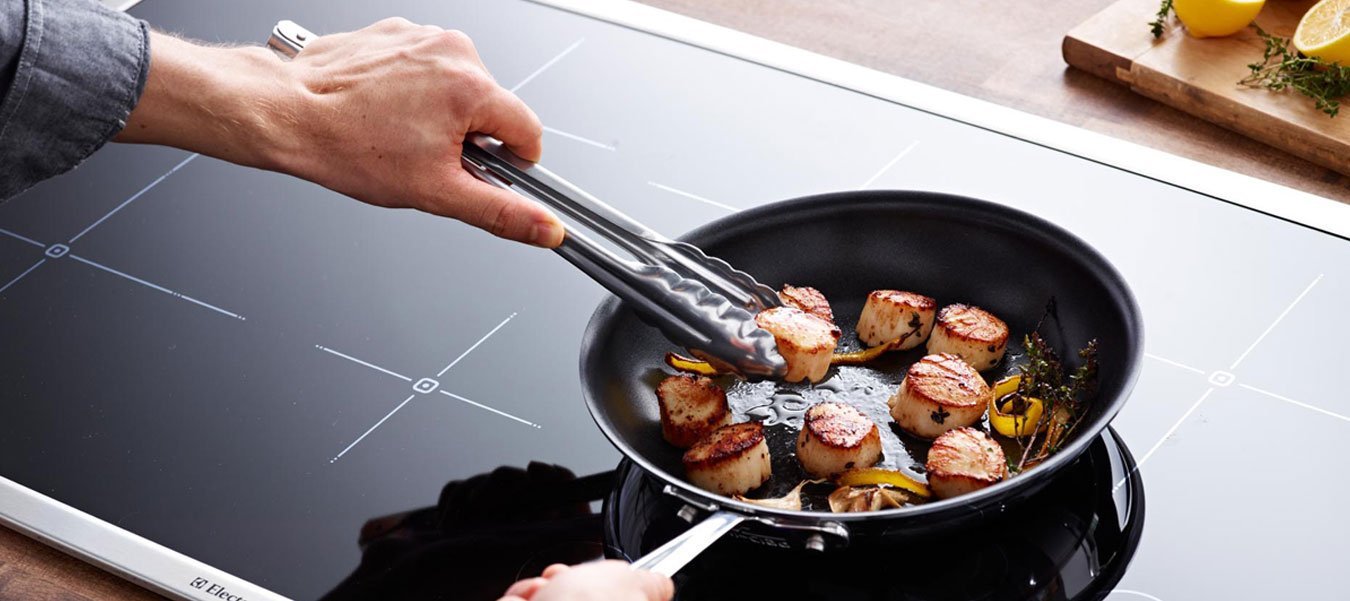
The Science Behind Induction Cooking
Induction cooking is a modern cooking technology that uses electromagnetic fields to heat pots and pans directly. Unlike traditional gas or electric stoves, induction cooktops require cookware with magnetic properties. This is where the choice between cast iron and modern nonstick becomes significant.
Induction cooktops are known for their efficiency and speed. They heat cookware directly without warming the surrounding air, making them energy-efficient and quick to respond to temperature changes. To learn more about how induction cooktops work, you can visit this detailed guide.
Why Choose Cast Iron?
Cast iron cookware is a staple in many professional kitchens. Its excellent heat retention and even heating are perfect for various cooking techniques, including searing, baking, and frying. When it comes to induction cooking, cast irons magnetic properties make it an ideal choice.
One of the main benefits of using cast iron on induction cooktops is its durability. Cast iron pans can last a lifetime if properly maintained, offering a sustainable option for busy kitchens. Additionally, the nonstick quality of well-seasoned cast iron is naturally achieved without synthetic coatings, making it a healthier choice for chefs concerned about chemical exposure.
For more insights on using cast iron with different heat sources, check out this comprehensive resource.
The Appeal of Modern Nonstick Cookware
Modern nonstick pans have gained popularity for their ease of use and convenience, especially when cooking delicate foods that tend to stick. These pans are designed with a synthetic coating that prevents food from adhering to the surface.
When using modern nonstick pans on induction, the key consideration is the pans compatibility with induction technology. Many newer models are designed with a magnetic base to ensure they work efficiently on induction cooktops. This makes them a versatile option for kitchens that rely on quick and seamless cooking processes.
However, the longevity and durability of nonstick coatings can vary, often requiring more frequent replacement compared to cast iron. This can be an important factor for professional kitchens where equipment is heavily used.
Performance Showdown: Cast Iron vs Modern Nonstick
When it comes to cooking performance, both cast iron and modern nonstick have their strengths and weaknesses on induction cooktops. Cast iron excels in high-heat cooking and browning, making it ideal for dishes that require a good sear. Its weight and sturdiness provide stability and even heat distribution, essential for consistent results.
On the other hand, modern nonstick pans are perfect for low to medium heat applications. Their nonstick surface is ideal for cooking eggs, pancakes, and fish without the worry of sticking and tearing. This versatility makes them a valuable asset in any kitchen.
For chefs exploring how different materials impact cooking styles, understanding the nuances of each can enhance the culinary experience. This article on cast iron skillet sticking provides additional context on how to maximize your cookware's potential.
Practical Considerations for Kitchen Professionals
Choosing between cast iron and modern nonstick for induction cooking ultimately depends on the specific needs and preferences of your kitchen. Factors such as the types of dishes you frequently prepare, the cooking techniques you employ, and your maintenance preferences should all play a role in your decision.
For instance, if you prioritize high-heat cooking and durability, cast iron may be the better choice. However, if ease of cleaning and cooking delicate foods are more important, modern nonstick might be preferable.
For more ideas on using these cookware types for specific dishes, consider reading about vegan sizzling platter recipes and how they can enhance your menu offerings.
FAQs
1. Can cast iron be used on any induction cooktop?
Yes, cast irons magnetic properties make it compatible with induction cooktops. However, its weight and rough surface can sometimes cause scratches, so handle with care.
2. How can I ensure my nonstick pan works on an induction stove?
Check for a label or symbol indicating induction compatibility. Look for pans with a magnetic base to ensure they will work efficiently on induction cooktops.
3. What are the maintenance tips for cast iron and nonstick pans?
For cast iron, regular seasoning is crucial to maintain its nonstick quality and prevent rust. For nonstick pans, avoid using metal utensils and high heat to prolong the coatings life.
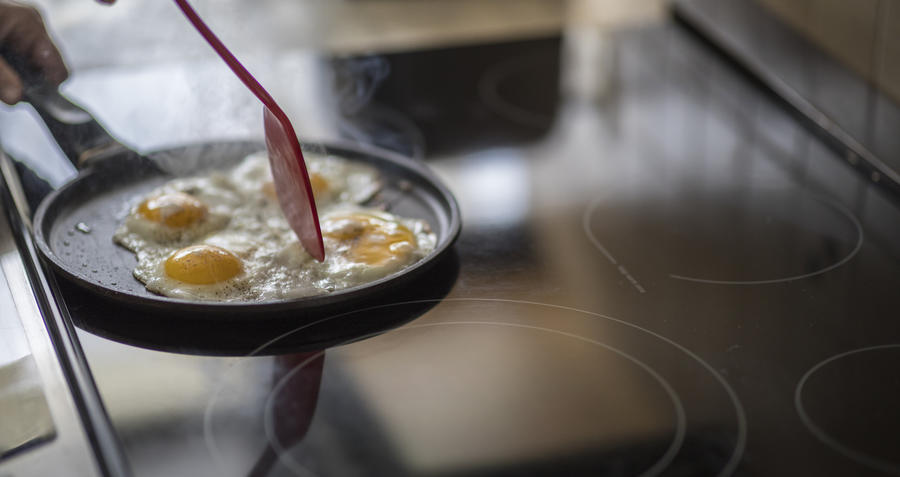
Conclusion
Ultimately, the choice between cast iron vs modern nonstick on induction comes down to understanding the specific needs of your kitchen and the dishes you create. Both types of cookware have their place in professional kitchens, offering unique benefits that can enhance culinary creations. By weighing their advantages and limitations, kitchen professionals can make informed decisions that align with their cooking styles and operational demands.

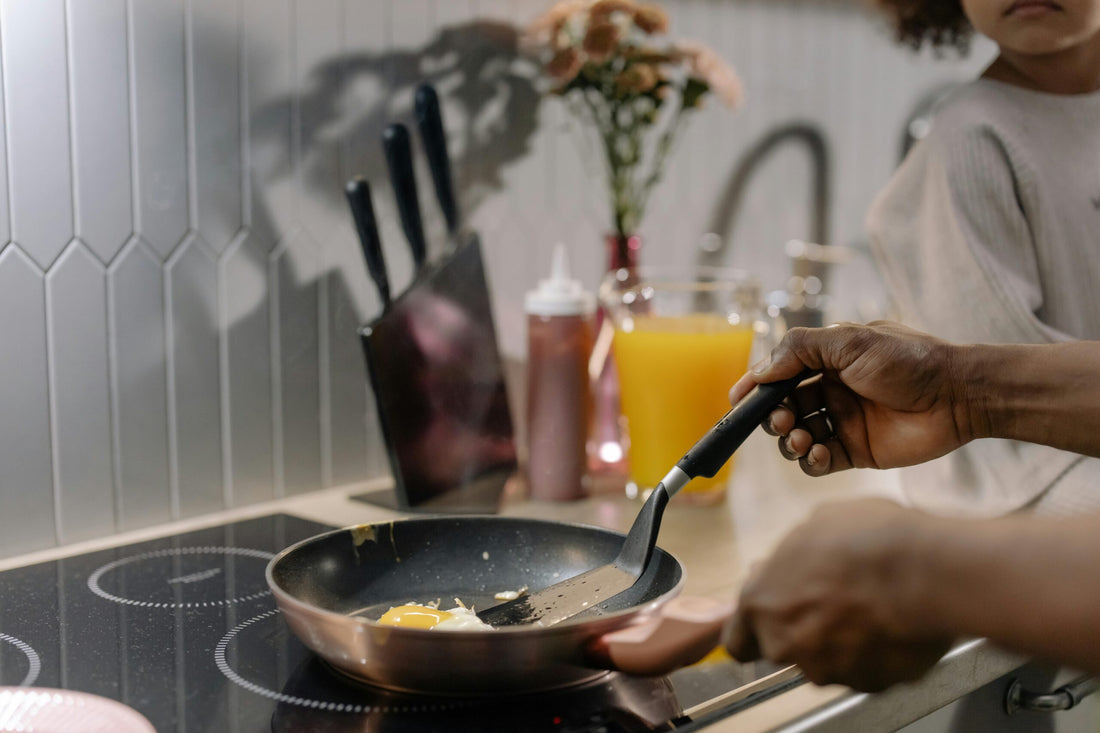


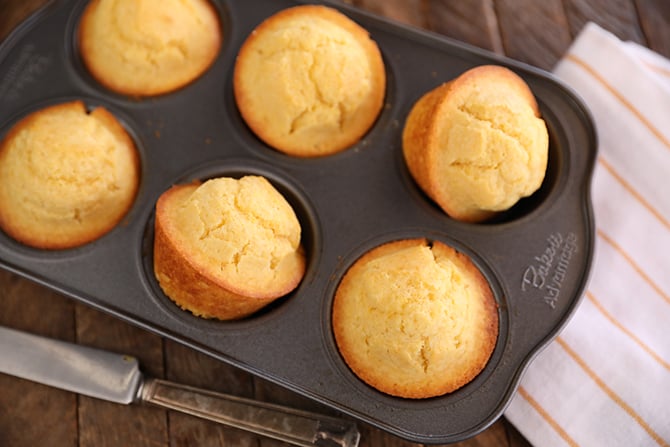
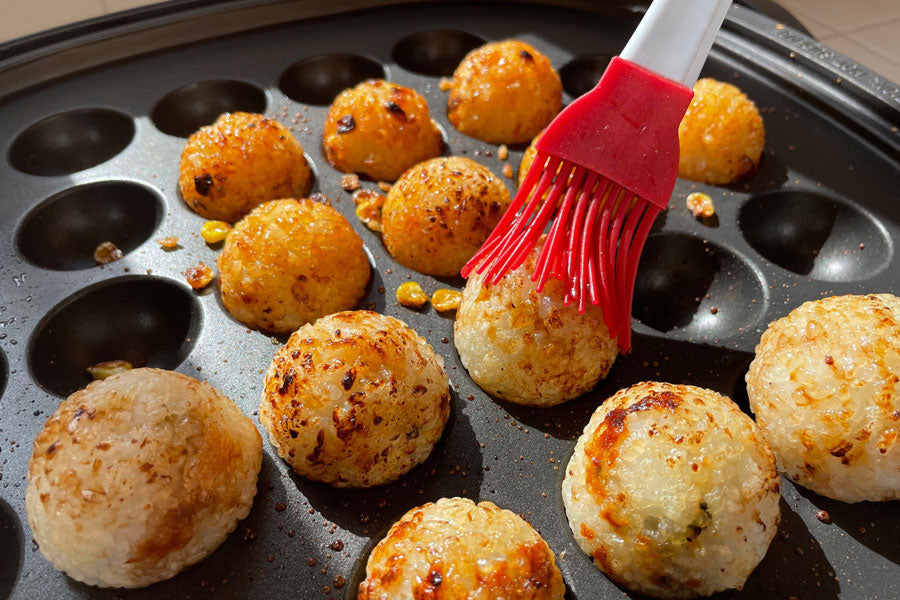
Leave a comment
This site is protected by hCaptcha and the hCaptcha Privacy Policy and Terms of Service apply.